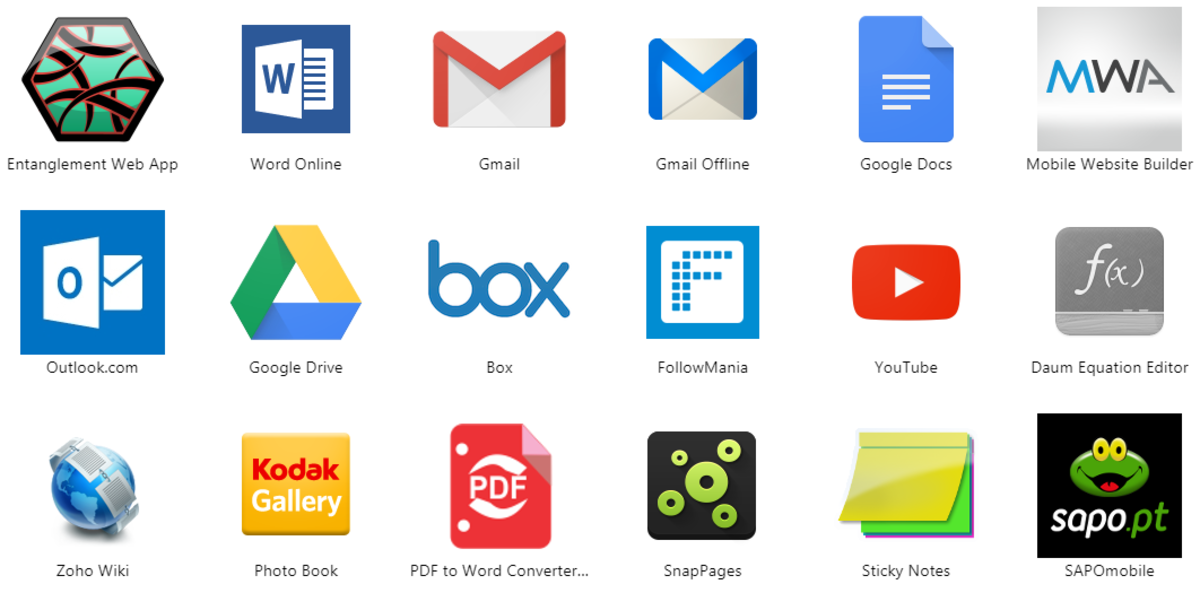The 8 Rules of Multimedia?
When one thinks of multimedia one normally thinks of something involving music or videos of some kind. In all actuality, there are a number of definitions of multimedia. Our older generations remember multimedia as microfilm or some sort of slide tape program. Others recall 8-track tapes and the beginnings of radio technology. Our younger generations think of multimedia as the internet and you tube and podcasts. Well, both our young and older generations are correct in their assumptions and beliefs. Ultimately, multimedia is often defined as the integration of text, graphics, animation, sound, and/or video. Multimedia is all around us and it consists of eight principles segmenting, personalization, redundancy, modality, coherence, contiguity, pre-training, and multimedia itself.
The multimedia principle involves using words and graphics rather than just using words alone. This often leads to a better understanding and an even better learning experience. This principle utilizes the importance of using visual aids. When power point was in the beginning, many people only used words in the presentation. This is how it was done and it was accepted. The integration process greatly changed the concept and made things for the better because it proved to be an extremely useful and successful learning tool. A good example is the use of images and text in a slide presentation. Simply just having text will cause the learners to not be as interested. Also, just having pictures instead of text will cause the learners to perhaps pay some attention, but they are not getting the full benefit of instruction. (Clark, Mayer 2008)
The contiguity principle focuses on placing corresponding words and graphics near one another. This principle allows you to integrate text directly into an applet or place corresponding text close. What this principle is really about is when you have for example a power point presentation, slides and photos need to be directly related with one another. It allows for a better flow and it will prevent misunderstandings. This helps create a connection between the learners. Contiguity is important especially if you are talking about the importance of not driving under the influence and for your photos you just have pictures of beer and wine. (Clark, Mayer 2008)
The coherence principle of multimedia is about the importance of adding and not adding material. The principles’ focus is that adding certain material no matter how interesting can at times hurt the learning experience or have a negative effect. This principle means that we need to avoid using unnecessary texts, graphics and sounds just to try and make things interesting. In our ever growing world and the inventions and integrations of new technology, we are very susceptible to the need to make things much more interesting. (Clark, Mayer 2008)
Using unrelated, decorative material will undoubtedly distract learners from the actual learning because they will become too focused on the unnecessary material rather than what is being presented. Many are guilty for failing to apply the coherence principle because too much detail has gone into the presentation that is unnecessary. The problem is that in this day and age there is too much to choose from and we are always trying to cram as much text and graphics that we can without realizing that less is more.
When thinking about e-learning and designing, a multitude of design techniques can be taken into consideration. With all the information out there, it is possible to overload learners with complex text. This can in turn collapse the learners learning opportunity. In order to segment information, we all need to have a thorough understanding of the content as well as the learner. With this in mind, consider the cognitive system and how it can be overloaded by too much detailed content. Segmenting is about reducing extraneous words and pictures (Clark, Mayer p183 para. 1)
Poor instructional designs can contribute to the need for segmenting. Segmenting is essential in many and its quite evident in some e-learning courses. You can see it in some of the discussion posts where students fail to be succinct and drag on and on. Many teachers also have seen it in their English classes were students write too much just to get the paper to be a certain length. The segmenting and coherence principle can go hand in hand. One deals with too much information and the other deals with too much unrelated information. Succinct is a word that many people need to get on bored with because it will be beneficial to not only the learners, but the teachers as well.
Multimedia lessons that present words as on-screen text can conflict with the way the human mind works. The redundancy principle states that students will ultimately learn better from animation and narration than from animation, narration, and text if the visual information is presented simultaneously to the verbal information. In this case it’s better to remove redundant material and void narration and identical text. Learners do not learn as well when they both hear and see the same verbal message during a presentation.
Since its commonly believed the some people have visual learning styles (Clark, Mayer 2008 page 121 para. 1) while others have an auditory learning style, words should be presented in both spoken and printed form so that learners can choose the presentation format that best matches their learning preference. This is one reason why some learners do so much better in lecture classrooms while others need to take perhaps a more visual or observational approach to learning.
According to the pre-training principle, people learn better from a multimedia lesson when they know the names and characteristics of the main concepts. This principle; along with segmenting help minimize “essential overload” or cognitive overload. Pre-training can help beginners to manage their processing of complex material by reducing the amount of essential processing that they do at the time of a presentation. (Clark Mayer 2008, page 193 para. 1) Subsequently, with good pre-training more detailed instruction can be even more effective to the learners.
When learning, the brain must encode to different types of information; the auditory stimulus and the visual stimulus. Research has shown that verbal information is in fact better remembered if accompanied by a visual image. In 1974, two psychology professors, Alan Baddeley and Graham Hitch proposed a theory of working memory. This was an attempt to describe a more accurate model of short term memory in which two independent subcomponents that work in parallel. One would be visual and the other verbal/acoustic. It would allow us to simultaneously process information from both our eyes and ears and in turn the leaner would not be overwhelmed or overloaded by multimodal instruction.
It was in fact this theory that gave rise to the dual coding theory which was first proposed by Allan Paivio which was then applied to multimedia by Richard Mayer. Dual coding implies that verbal and non-verbal systems are alternative internal representations of events. (Paivio 1986 para 4) According to Mayer, if information is encoded, it reduces the cognitive load of the learner and they are then better able to handle incoming information. The basic concept of the modality principle is that learners will learn better from animation and narration than from animation and on-screen text.
The personalization principle of multimedia is an essential to your key element; the intended audience. It’s all about who will use and benefit from whatever is being presented and/or taught. Once you have established the target audience, think about how you will motivate them to use the learning too. One great way to maximize the benefits of multimedia in education design is by matching the conversation styles of your audience. This principle is based on engaging the learner by using a type of conversational tone to increase learning. (Clark, Mayer 2008)
According to Clark and Mayer, more attention is invested into someone who is speaking directly to us to evoke a conversation which in turn promotes engagement. Speaking directly to the audience rather than at the audience is another key component of the personalization principle. This is why it is somewhat difficult for some learners especially those in college classroom lectures who feel that their professor isn’t talking to them just reciting their own lecture notes.
The term multimedia was first coined in 1966. Since the late 1970s, desktops have evolved into sophisticated systems that help get our jobs done and information delivered and even provide entertainment (Rashmi 2010 para 1) Multimedia has changed the way we look at computers and the way we use them. The impact of multimedia has been monumental yet when it comes to understanding and utilizing it especially as a learning tool, many fail to see the significance. By understanding the principles, as you would when trying to understand or figure out anything, it will prove to have different outcome for those that try. Many of us don’t realize just how technology has evolved with us. As multimedia continues to grow and change, it will also be needed to inform, teach and entertain us all on a variety of different levels.
References
Clark, R. & Mayer, R (2008) E-learning and the science of instruction (2nd edition). Hoboken: Wiley
Paivio Allan (1986) Dual Coding Theory. Retrieved June 23, 2011 from http://www.lifecircles-inc.com/Learningtheories/IP/paivio.html
Rashimi (2010) Brief History of Multimedia. Retrieved June 24, 2011 from http://churmura.com/technology/brief-history-of-multimedia/30271/








